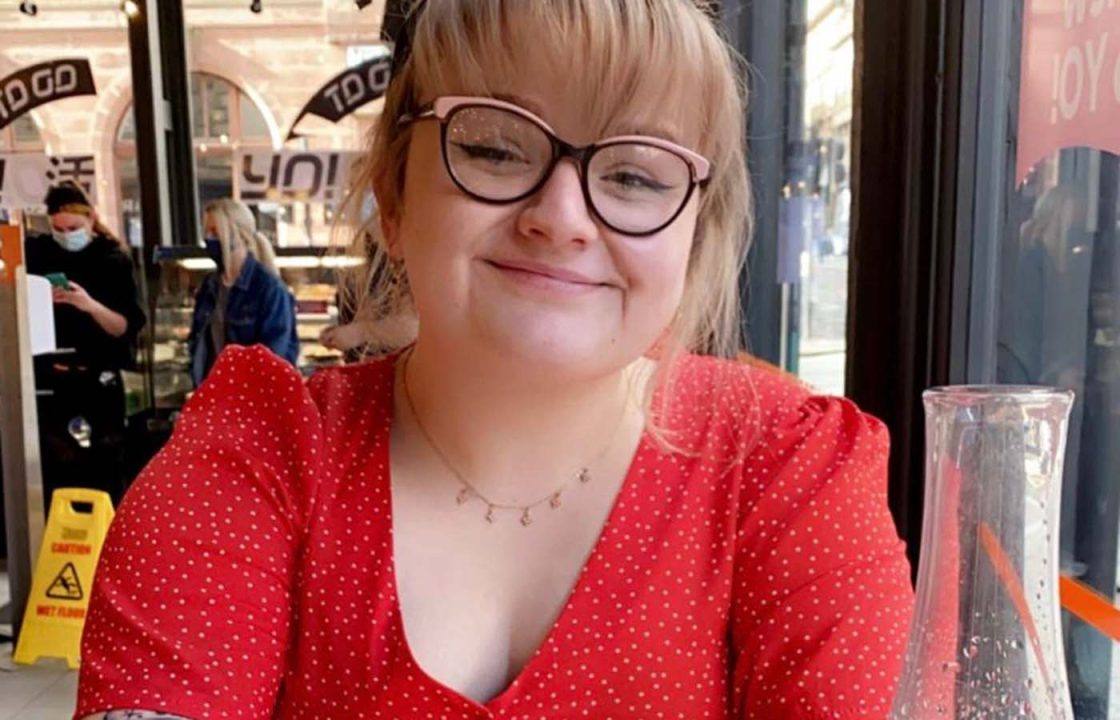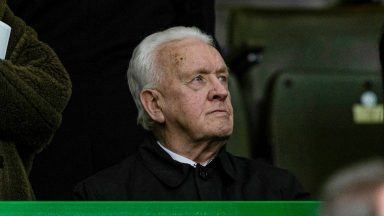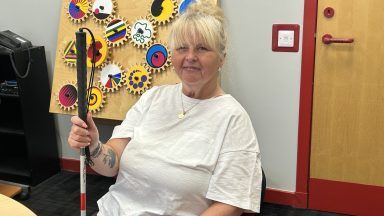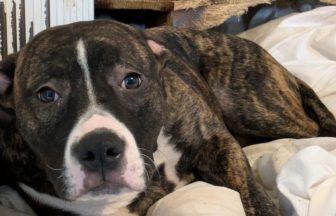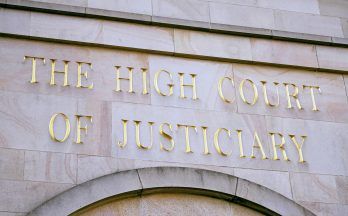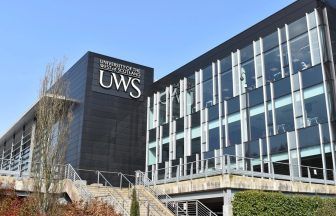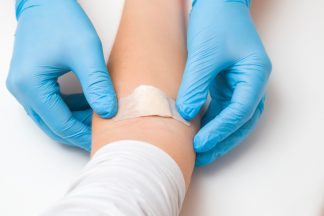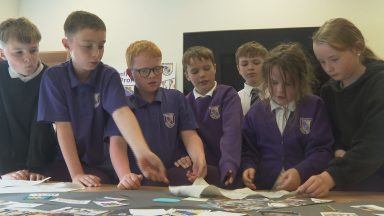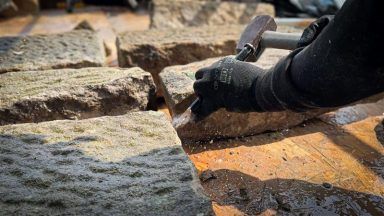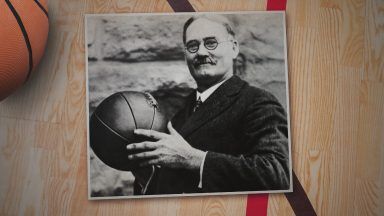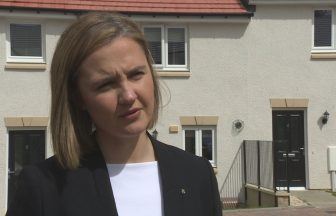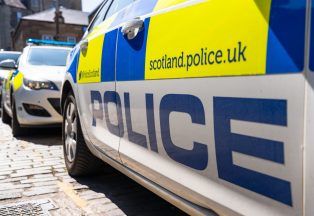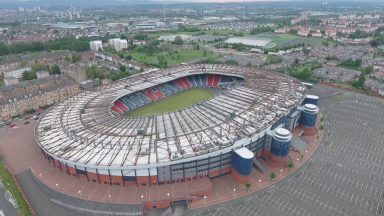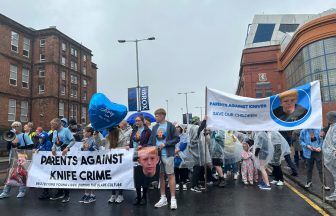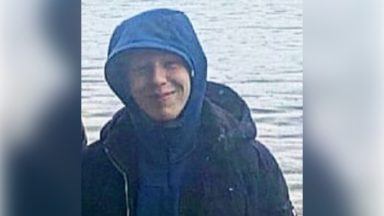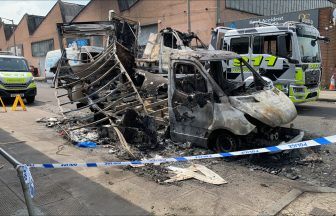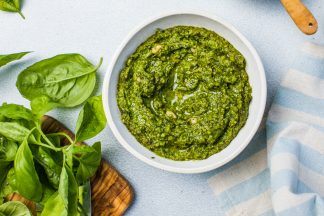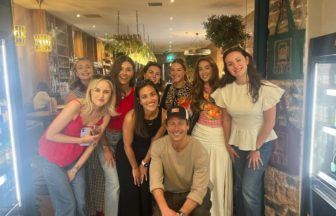On the same day Brooke MacFadyen was diagnosed with a brain tumour, she was told surgery was possible – but she had to stay awake for the entire operation.
The 24-year-old from Coatbridge, North Lanarkshire, went on to benefit from a new piece of technology called Neuromapper, which is being pioneered by NHS Greater Glasgow & Clyde.
The software helps surgeons detect the subtlest of changes in the brain while a tumour is removed.
It was used during Brooke’s highly specialised awake craniotomy procedure, during which she remained awake and was able to spend time on her phone while chatting with the medical team.
Brooke told STV News: “The operation was one of the scariest things I’ve ever been through, but it was worth it. I went into complete shock and immediate denial when I was diagnosed with a brain tumour.
“On the same day, I was told about the surgery and that I would need to stay awake. I admit I did not respond positively at first. Then I just kept thinking, this has to be done. I need to be ok as I have so much more life to live.”
Brooke, a former Butlins red coat, had been having seizures before her diagnosis in June.
The low-grade tumour was close to the part of her brain that controls her speech. Awake craniotomy is performed while a patient is conscious and alert to evaluate and protect brain functions.
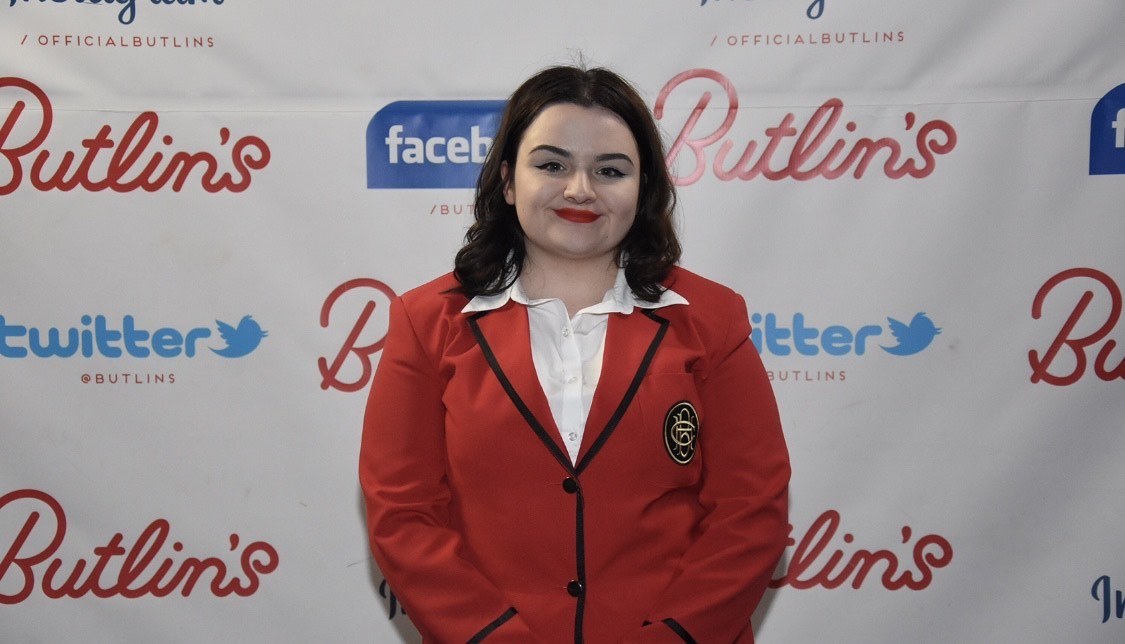 Contributed
ContributedConsultant neurosurgeon Roddy O’Kane said: “At the start of my career, awake craniotomy was rare. Now, it is increasingly common. I know it sounds terrifying, but afterwards, patients tell me they are glad they went ahead as they are getting better results and spent less time in hospital.
“During the procedure, they are not in pain or discomfort. We make sure that is of prime importance doing these operations.”
Every aspect of the surgery carried out at the Queen Elizabeth University Hospital was meticulously planned.
On the morning of her operation, Brooke already knew the roles of everyone she would see in theatre, from the surgeons to the anaesthetists to the speech and language therapists.
A crucial element of an awake craniotomy is the partnership forged between the patient and the neuropsychologist in the weeks before any incision is made.
Brooke said: “The biggest panic I had was that I was going to be fully alert but that is not true, they do give you some drugs and anaesthetic.
“On the day itself, it was obviously intense, so the preparation before then was really helpful. The operation took around six hours. To me, it felt like 20 minutes.
“Thank goodness, it did feel so short. All the nurses got me through it, but I really remember speaking to Sharon because she was really close to me. I had all the prior appointments with her, so it was a great link.”
Pre-surgery, Brooke was assessed using a new system called Neuromapper, a digital platform that records and monitors her responses to words and pictures.
Brooke was awake while the surgeon used a probe and, with an electrical pulse, “switched off” areas of the brain for a few seconds to identify which tumour tissue to remove.
Using the Neuromapper software, Brooke was asked to identify an object or an animal on a tablet screen. Any error or hesitation in her responses helped the team work to extremely fine margins and make surgical decisions.
Dr Sharon Mulhern, the clinical lead for Neuromapper: “We see patients for two or three sessions prior to surgery to look at what strategies will help them. With Brooke, we used breathing exercises and talked about nice days out she had recently enjoyed with her family.
“These were all things we had agreed before theatre. It is really important to give the patient a sense of a degree of control so they don’t feel everything is just happening to them. Together, you are working with the team to get the best outcome.
“Before Neuromapper, we were using flashcards and bits of paper to do these theatre tests. Traditional approaches had their limitations.
“What this software gives us is more accurate and consistent results. We assess before surgery to give us a clear pattern and picture of what the patient is able to do.
“If they can’t do it in theatre, even the subtlest difference, we are able to pick up a change in that function. Fundamentally, the role of a neuromapper is to support the surgeon in making decisions to remove as much of the tumour as possible with as limited disability as possible. “
As the surgical team worked behind her, Brooke was able to scroll through her mobile phone and look for the playlist family and friends had helped her compile to try and keep her relaxed before testing began.
“I don’t remember listening to very much of it in the end,” she told STV News.

“The first song was chosen by my mum, and it reminds me of her. I remember popping in my headphones, then I heard some drilling and I panicked so I pulled out the headphones.
“I could not actually feel anything. It was just strange sensations. The techniques Sharon taught me then really helped me from then on. “
The medical team at the Institute of Neurological Sciences in Glasgow is the first in Scotland to use Neuromapper.
Ten procedures have been carried out so far using the approach, which allows surgeons to push the boundaries of tumour removal. While it is early days for the technology in Scotland, neurosurgeons believe it has great potential and leads to better outcomes for patients.
Neurosurgeon Roddy O’Kane said: “Neuromapper has brought a standardisation. It is more scientific and rigorous.
“With groups of patients, we can look at how we are improving and we can talk to our international colleagues in different units. When we are all using the exact same thing, the science can advance as the collective learning is the international community. “
Dr Sharon Mulhern added: “It has given us confidence that we have got very comprehensive, well-rounded cognitive assessments.
“Today, you have seen it in the context of language. We are also able to test memory function, concentration, attention, and visual function, so it has a wider application than just within language. “
Brooke was home within days of her surgery. After receiving positive news about her ongoing treatment, she says she feels excited about the future.
She now wants to raise awareness to help other young people facing the same diagnosis. Brooke is also thinking about training to become a primary teacher and broadening her horizons.
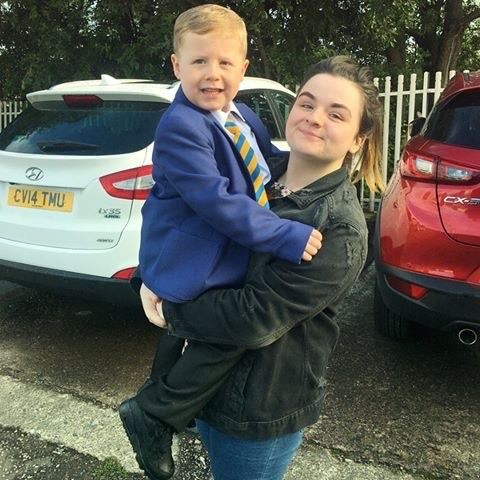
Brooke: “I want to travel the world. My family is a little nervous about this, but I can’t wait and have so many places I want to see.
“After a surgery like this, your outlook on life changes. I genuinely feel so positive, and this increases as I get better and better.
“The medical team was amazing. Every single one of them was so incredible. I thank them every day.“
Follow STV News on WhatsApp
Scan the QR code on your mobile device for all the latest news from around the country


